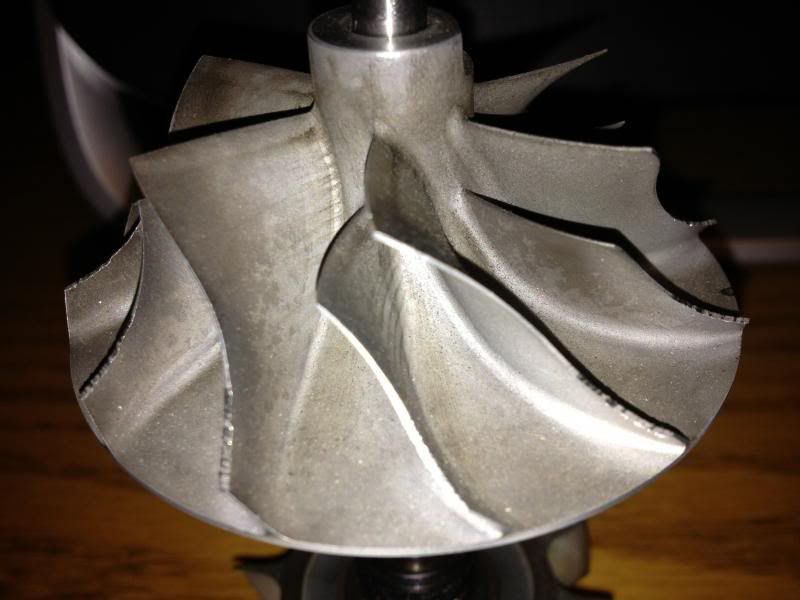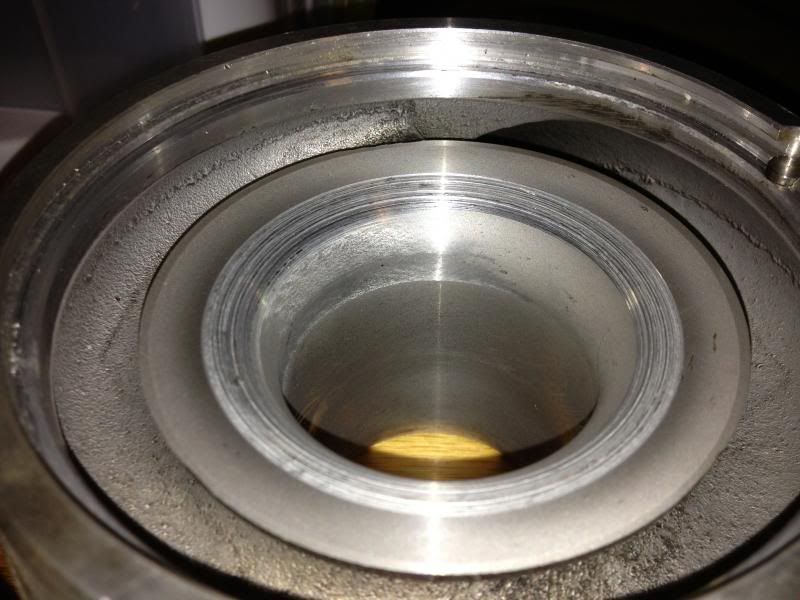WhiteBlue wrote:Talk is cheap, but it does not answer my question. Why do you have an MGU-H if not for boost limitation and electric power generation?
You have it for electric power generation. It cannot limit boost. It will only retard the time it takes to come up to max boost. This requires power.
You may see this a boost limiting if you use it as a load on the turbine, but in truth it's really a turbine brake more than anything else. So you may interpret this as a limit, but it's not, it is retardation.
It is this retardation that will require a lot of research and testing and fine tuning. You can't instantly cut off boost with this thing. It will have to instantly resist the turbine and then easing up at exactly the right time, with the right level of retardation to maintain a steady turbine speed, all of this happening while back pressure and temperatures increase.
A true boost limiter is a waste gate. It is not a load, it is a relief that reduces mass flow through the turbine. Quite simple and more direct. Very smooth and straight forward.
What we must realize is that the MGUH is no different than the compressor. All it does is compete for turbine power.
But what complicates things is that it shares a mechanical connection to the compressor, it is not a free power turbine like a helicopter engine, where different loads need not run at the same speed.
You will find that what you take off in power for the MGUH may not correspond to what you would like to take off in power for the compressor as these power draws give different outcomes at a certain shaft speed.
There is going to be a tricky balance if the MGUH is used to slow the turbine to control boost.
You can slow the turbine by loading it with the battery or the MGUK, or you can use the battery to drive the MGUH magnetic field in the opposite direction.
Load the turbine, with the MGUH behaving as a resistance. The power drawn must be sent through to the batteries. This easier for boost control because the power is unlimited, The batteries physical limitations for recharge rates will have to tie into your turbine boost control. Very tricky.. If the rate is higher than the power required the MG controller can meter the MGUH loading.
If it's going through the MGUK now, or to something to power a 12v dc load on the car, it must go through the MG control unit. Now this is unlimited, but the truth is it really isn't. The MGUK can give only 120kW to the drivetrain. The unlimited stuff goes back to the batteries. In the event you want control boost and your energy store is full. The MGUH must draw a specific amount of power, to create a specific amount of load on the turbine to give a specific turbine speed to limit boost. You have up to 120kW to do this. If the turbine needs more than 120kW to slow it down, your goose is cooked, you should have shed power off your batteries. Can you predict this? nope! lol
Now using the loading method is quite difficult and i don't think teams will go that route as it's very dependent on what the car is doing on track and the ES state. It's basically playing an all knowing being, a lot of headache to figure out just to control a stupid little compressor. This loading method is less stressful and is more natural but really requires God like awareness of the whole energy system and car to control turbine shaft speeds. Closed looped system with speed sensor tied into the various loads; battery, ancillaries and engine load, will be required.

The other method is attempting to reverse the turbine against exhaust flow.
What i mean like this is to drive the MGUH magnetic field in the opposite direction with the batteries with a certain power lesser than the shaft power. The net torque will be what determines your limited turbine shaft speed. This is most unnatural, as it's a counter action more than a load. However it's easier to do since the battery is isolated from the rest of the loads around the car. The engineer need only look at the unlimited battery to MGUH path as a boost control. Is it worth using battery power to limit boost? Why use your precious energy to control a turbine? Well if what is dumped through the wastegate, is less power than the battery energy required to brake a turbine, then i'd dump it.
If it's less power to use the battery, then i'd consider it but many other factors have to be looked at like temps. response time.



